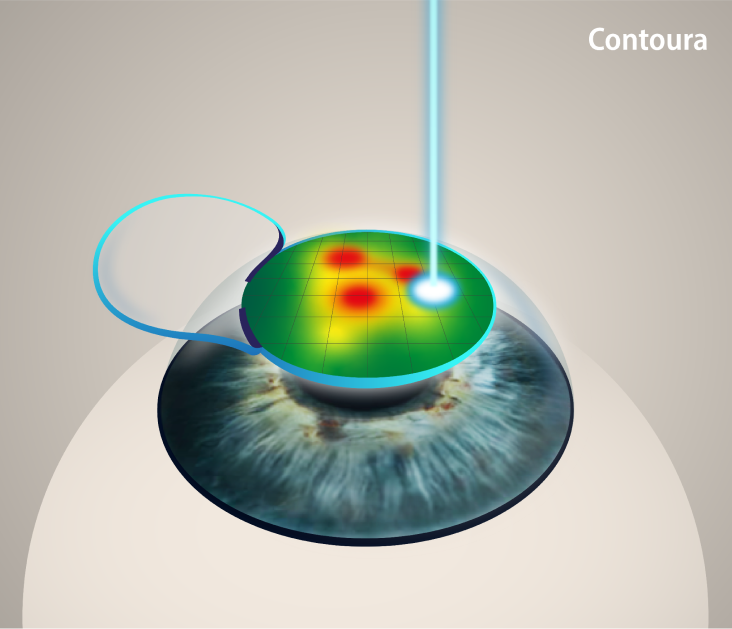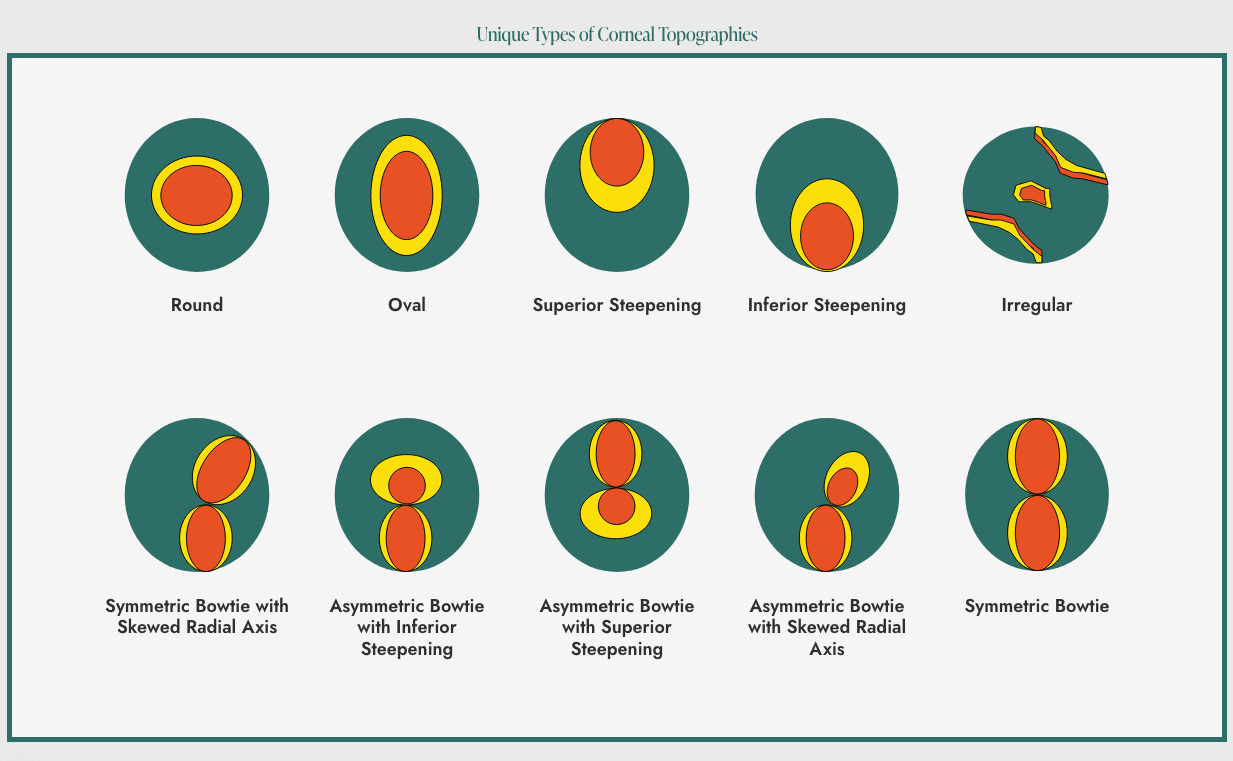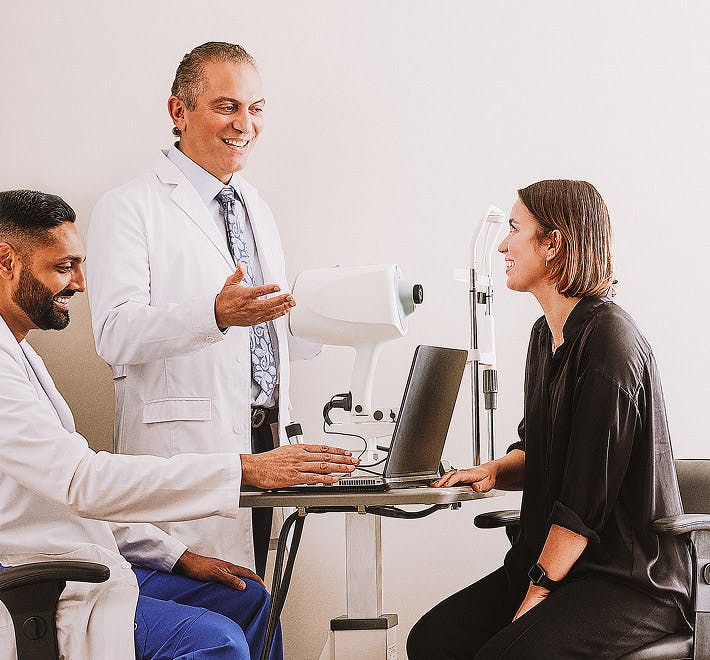The first step in topography-guided PRK is the creation of a topography map of the cornea. This is done using a corneal topographer, a device that projects light patterns onto the cornea and records the reflection of these patterns using cameras. Once the topography map is complete, the PRK procedure begins.
The cornea is gently ablated using an excimer laser to remove small amounts of tissue and reshape the cornea. Unlike LASIK, PRK does not require the creation of a flap in the cornea, making it an ideal option for those who are not suitable candidates for LASIK due to a thin cornea or other factors. The laser correction is guided by the topography map, ensuring that the treatment is customized to the specific needs of each patient.
Dr. Cohen uses the Allegretto 500 Wavelight device for this purpose. This is one of the most advanced laser platforms today and works flawlessly with data provided by the “Topolyzer”. The healing period is typically 4-7 days, but it may take up to a few weeks to realize the full visual benefit.













